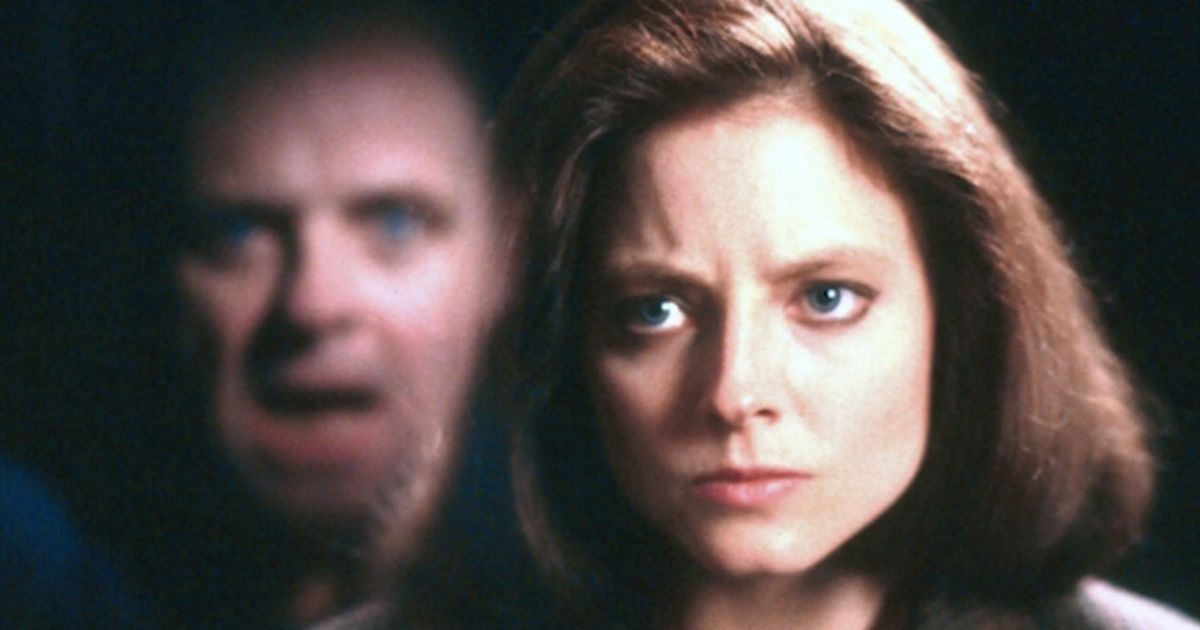Psychological thrillers have long been a favorite among viewers who enjoy intense explorations of the human psyche. The genre is chock-full of gripping stories that combine character studies with nail-biting suspense, alongside mind-bending twists and a deliciously dark atmosphere.
The greatest psychological thrillers ever made range from the genre-defining classic Rear Window to the modern masterpiece Get Out to the incomparable and iconic The Silence of the Lambs. These essential entries in the genre showcase the directors, writers, and actors’ mastery of their distinct chilling journeys, with their impact, innovation, and lasting influence on the world of cinema cementing them as the best of the best.
10. Black Swan (2010)
Natalie Portman stars as Nina Sayers in Darren Aronofsky’s Black Swan, a riveting movie that portrays the intense and competitive world of professional ballet. Nina has worked hard for years and is vying for the lead role in a New York City production of Swan Lake. It’s just within her reach, but newcomer Lily (Mila Kunis) suddenly threatens her position and sparks a rivalry that causes Nina to experience a descent into madness.
Black Swan captures the pressures of perfectionism in ballet, with the disturbing depiction of Nina’s psychological unraveling illustrating what obsession can do to an artist. Aronofsky brilliantly uses mirrors, doubles, and surreal imagery to create a disorienting and nightmarish visceral experience for Nina, and by extension, the audience. Of course, Portman’s award-winning performance is what elevates the entire film, as she plays the talented, yet fragile ballerina flawlessly.
9. Perfect Blue (1997)

Director Satoshi Kon is known for works that blur the line between fantasy and reality, and Perfect Blue is certainly the most iconic example of this. The animated movie tells the story of Mima Kirigoe (Junko Iwao), a pop idol who decides to quit her popular group to pursue a career in acting. She doesn’t expect how intense her fans’ reactions would be, nor the elusive stalker and bizarre website that begins to haunt her every waking moment.
8. Rear Window (1954)
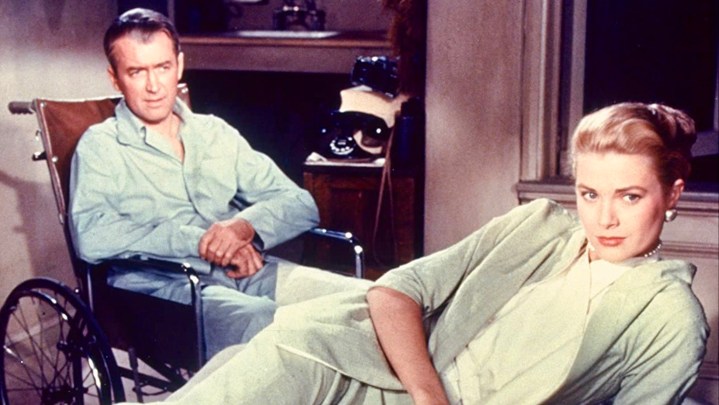
Hitchcock’s groundbreaking movie puts the audience in the dark, as Jeff’s perspective becomes the viewer’s as well. As the protagonist tries to piece together the clues, suspense and curiosity build to enthralling levels, with the latter ironically serving as a criticism of Jeff and the audiences glued to the screen. Rear Window examines not just the human tendency to look, but to wish that something terrible would happen while looking.
7. Get Out (2017)

Actor, comedian, and now director Jordan Peele wowed everyone with his widely acclaimed feature film debut Get Out. The psychological horror movie follows Chris Washington (Daniel Kaluuya), a Black man who meets the family of his white girlfriend, Rose Armitage, (Allison Williams) for the first time. Their awkward interactions at the family estate initially seem to stem from uncertainty around the interracial relationship, but it soon turns into something much more sinister.
6. Oldboy (2003)
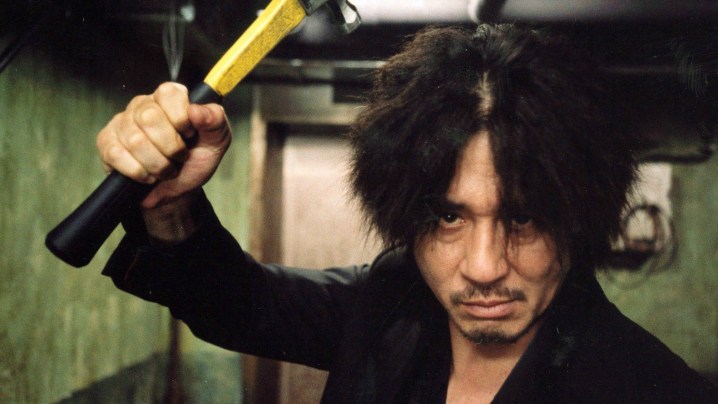
Oldboy is a classic of modern South Korean cinema by director Park Chan-wook. A psychological thriller and violent action film, it shows the experiences of Oh Dae-su (Choi Min-sik), a man kidnapped and then imprisoned without any explanation for 15 years. After he’s released out of the blue, he begins a quest for revenge to find the ones responsible for his suffering, only to walk into a major conspiracy. He also meets the charming sushi chef, Mi-do (Kang Hye-jung), along the way.
A tragic character, Oh Dae-su follows a haunting arc, with its beginning marked by desperation and rage, and its end marked by utter defeat. The movie may be remembered for flawlessly choreographed action sequences like the legendary hallway scene, but it’s the twisty psychological drama that will end up staying with viewers who stick around for its deeply disturbing ending.
5. Taxi Driver (1976)
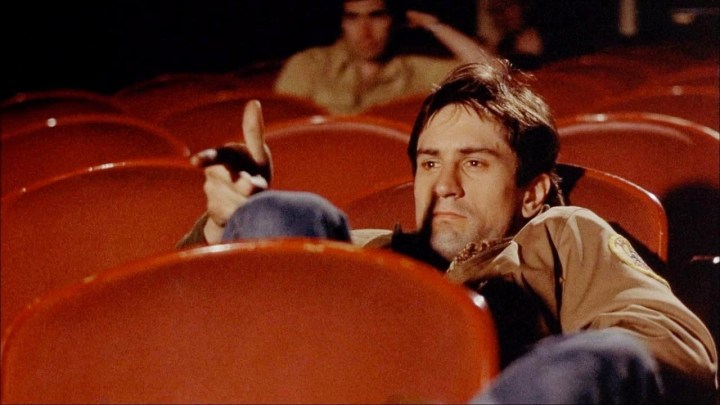
Robert De Niro disappeared into one of his most renowned roles as Travis Bickle, a disturbed Vietnam War veteran who becomes a cabbie in 1976’s Taxi Driver. Set in a gritty and dreamlike version of New York City in the 1970s, the film follows Travis as he spends sleepless nights becoming obsessed with the moral decay around him. He soon plots to kill a presidential candidate as the first step in his grand plan to save the world.
Alienated from the rest of society due to his traumatic past, Travis’ actions in the movie feel both avoidable and totally inevitable. Audiences have an unreliable perspective as the protagonist’s increasing detachment from reality paints an unclear picture of what’s really going on. Taxi Driver is often hailed as one of director Martin Scorsese’s best movies, as it captures the social anxieties of its time and continues to have a lasting impact on filmmaking as a whole.
4. Memento (2000)
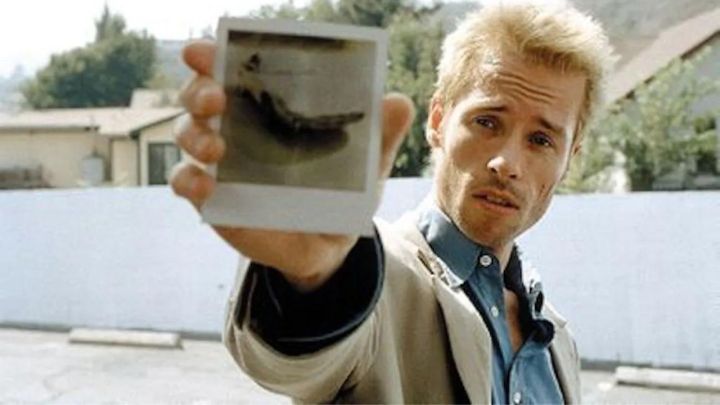
Anyone who has heard of Memento will likely know that its narrative structure is extraordinary, as one part of its story unfolds in reverse order, while the other happens chronologically, mirroring Leonard’s disjointed perception of time. Leonard’s grueling task to hold on to the transient fragments in any way possible invites audiences to do the same, with the entire film turning into a kind of intriguing puzzle. It’s a complicated and engrossing way to dive into Leonard’s psyche, which hides some terrible secrets.
3. American Psycho (2000)
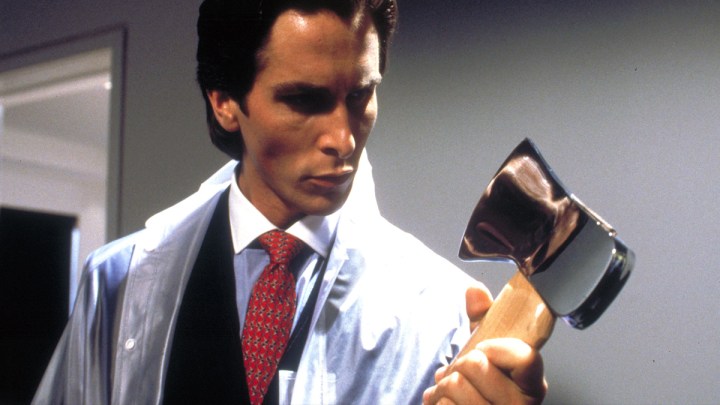
Based on what was once considered an unadaptable 1991 novel by Bret Easton Ellis, American Psycho is a massively popular film that needs no introduction. Directed by Mary Harron, the movie takes place in the late 1980s in New York City, where Patrick Bateman (Christian Bale) is living his best life as a wealthy and successful investment banker. What his colleagues don’t know is that he leads a sinister double life as a serial killer, or does he?
A smart exploration of the greed of Wall Street and a biting satire of toxic masculinity, American Psycho pointedly criticizes society’s obsession with materialism. Although it was specifically about the excesses of the yuppie culture, renewed interest in the film today highlights how relevant it still is. Christian Bale’s tour de force performance as the chilling Bateman alone makes the movie worth revisiting.
2. Mulholland Drive (2001)
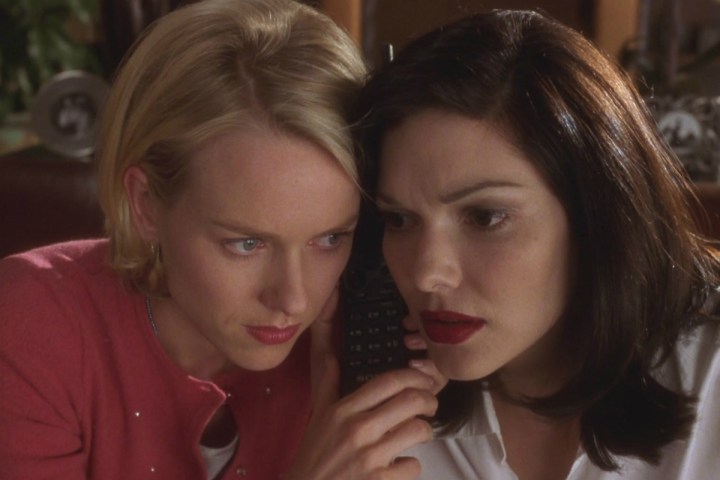
From the master of the surreal, director David Lynch, Mulholland Drive unfolds like a cryptic puzzle in a dreamy version of Los Angeles. There, a woman with amnesia from a car accident (played by Laura Elena Harring) meets an aspiring actress named Betty Elms (Naomi Watts), who helps her figure out what happened. This deceptively simple premise fades into the background as Mulholland Drive turns into a strange nonlinear journey through Hollywood.
Challenging conventional storytelling through its distinct structure and unsettling atmosphere, Lynch’s masterpiece sees the characters’ identities transform from two women trying to find the truth to something else entirely. For anyone who has never seen the surrealist neo-noir, Mulholland Drive is one worth turning off the lights for and focusing on a cinematic masterpiece that’s still debated and studied today.
1. The Silence of the Lambs (1991)

The Silence of the Lambs is not just the best psychological thriller of all time, but one of the greatest movies ever, having long ago established its place as an influential classic. Directed by Jonathan Demme and based on Thomas Harris’ eponymous 1988 novel, the film revolves around the unusual relationship between a young FBI agent and a cannibalistic serial killer. The young agent, Clarice Starling (Jodie Foster), is struggling to find any clues about an ongoing case, which leads to her interviews with Dr. Hannibal Lecter (Anthony Hopkins), who was once a well-known psychiatrist before he was revealed to be a violent killer.
Featuring stellar performances from Foster and Hopkins, the film sets up the psychological game they engage in, which soon turns into an unnerving exploration of each other’s minds. The tense atmosphere builds to alarming levels as Clarice gets closer to catching her killer, while Dr. Lecter seems to be hiding a goal of his own. The Silence of the Lambs is notable for being one of the few movies to win the “Big Five” Academy Awards: Best Picture, Best Director, Best Actor, Best Actress, and Best Adapted Screenplay. Its impact on pop culture endures and cannot be understated, as Hannibal Lecter has become an iconic figure in cinema and is known as one of the greatest villains to ever grace the big screen.
Editors’ Recommendations
